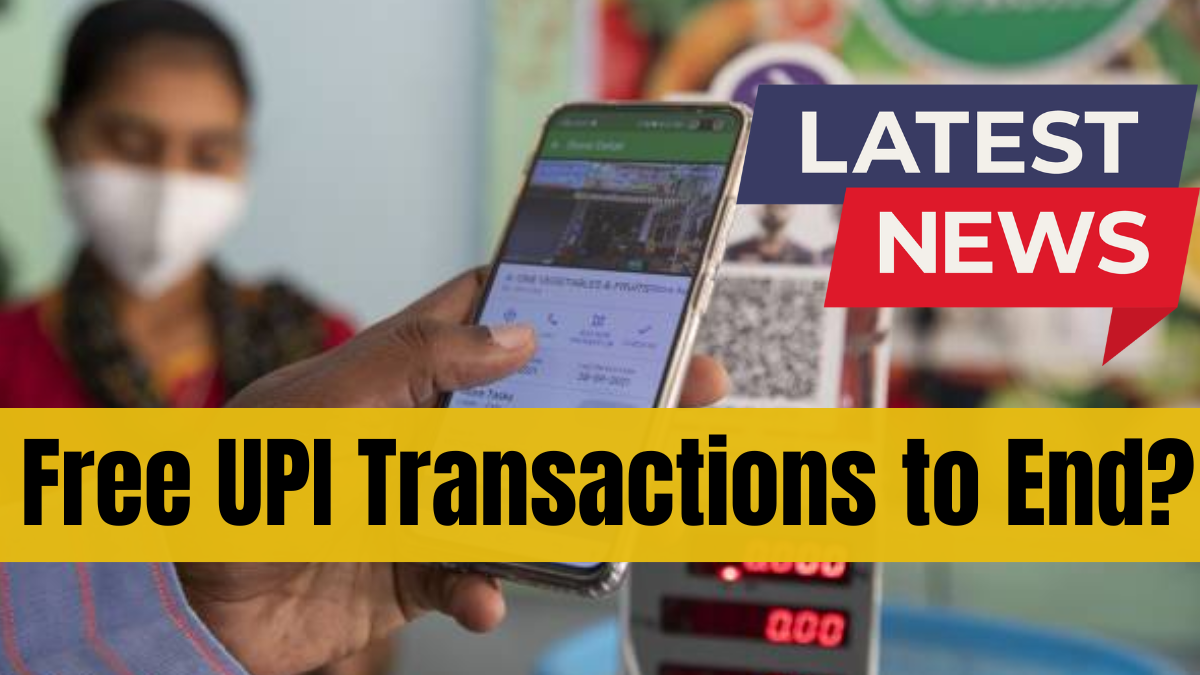India’s rapid digital transformation has been largely driven by UPI, which allows instant, cost-free money transfers. However, recent discussions hint at a possible return of Merchant Discount Rate (MDR) fees on UPI transactions—a change that could reshape the entire payments landscape.

What is UPI?
Unified Payments Interface (UPI) is a real-time payment system developed by NPCI, enabling users to send and receive money through mobile apps. As of early 2025, UPI processes over 16 billion transactions monthly, valued at more than ₹22 lakh crore.
Key Features Driving UPI Adoption
- Instant Transfers: Funds move in real time.
- Zero Fees: Currently free for consumers and merchants.
- Wide Access: Integrated into apps like PhonePe, Paytm, and Google Pay.
- Security: Uses two-factor authentication.
- Interoperability: Supports multiple bank accounts via one app.
The Evolution of the Zero-MDR Model
Until 2020, UPI included MDR fees ranging from 0.5% to 1%. In January 2020, the Indian government waived these charges for UPI and RuPay transactions to promote digital payments. Banks were compensated through government subsidies.
However, government support has declined—from ₹3500 crore in FY24 to ₹1,500 crore in FY25—far below the estimated ₹10,000 crore required annually.
What is MDR?
Merchant Discount Rate (MDR) is the fee that merchants pay banks or payment platforms for digital transaction processing.
| Payment Method | MDR Before 2020 | Current MDR |
|---|---|---|
| Credit Cards | 1% – 3% | 1% – 3% |
| Debit Cards | 0.5% – 1% | 0.5% – 1% |
| UPI | <1% | 0% |
| RuPay Debit Cards | <1% | 0% |
Why Bring Back MDR for UPI?
- Shrinking Subsidies: Reduced government funding makes it hard to sustain zero-MDR.
- Infrastructure Demands: Billions of transactions require costly investments in technology, fraud detection, and compliance.
- Revenue Parity: Other payment systems generate revenue. A small MDR (0.3%) could create fair competition.
Who Will Be Affected if MDR Returns?
Impact on Merchants:
- Costlier UPI acceptance
- Possibility of price hikes or surcharges
- Potential shift back to cash
Impact on Consumers:
- Higher product prices
- Fewer UPI payment options at stores
Impact on Payment Providers:
- Better revenue models
- More investment in innovation, security, and customer support
Conclusion
While UPI has transformed India’s financial system with its no-cost model, reintroducing MDR could be a necessary step for long-term sustainability. Balancing affordability, accessibility, and operational costs will be key to shaping the future of India’s digital payment ecosystem.
FAQs
Will UPI transactions remain free in 2025?
As of now, UPI remains free. However, talks of reintroducing MDR suggest changes could be coming.
What is the expected MDR rate if reintroduced?
Industry estimates suggest an MDR of around 0.3% might be introduced.
How will merchants respond to MDR?
Some merchants may increase prices or limit UPI acceptance to avoid paying MDR.
Why did the government remove MDR in 2020?
To boost digital transactions and financial inclusion.
What should consumers expect next?
If MDR is brought back, consumers might face price changes or fewer UPI payment options.
Aanchal is a passionate writer with a keen interest in storytelling, content creation, and creative expression. She enjoys exploring diverse topics and crafting engaging narratives that captivate readers.
